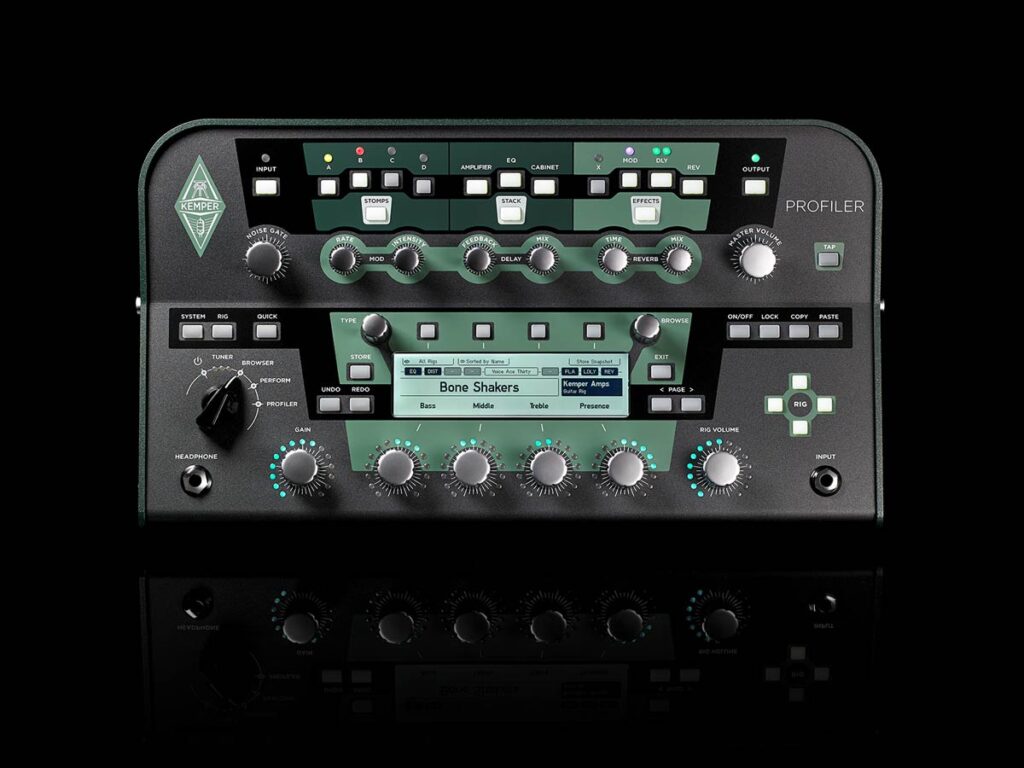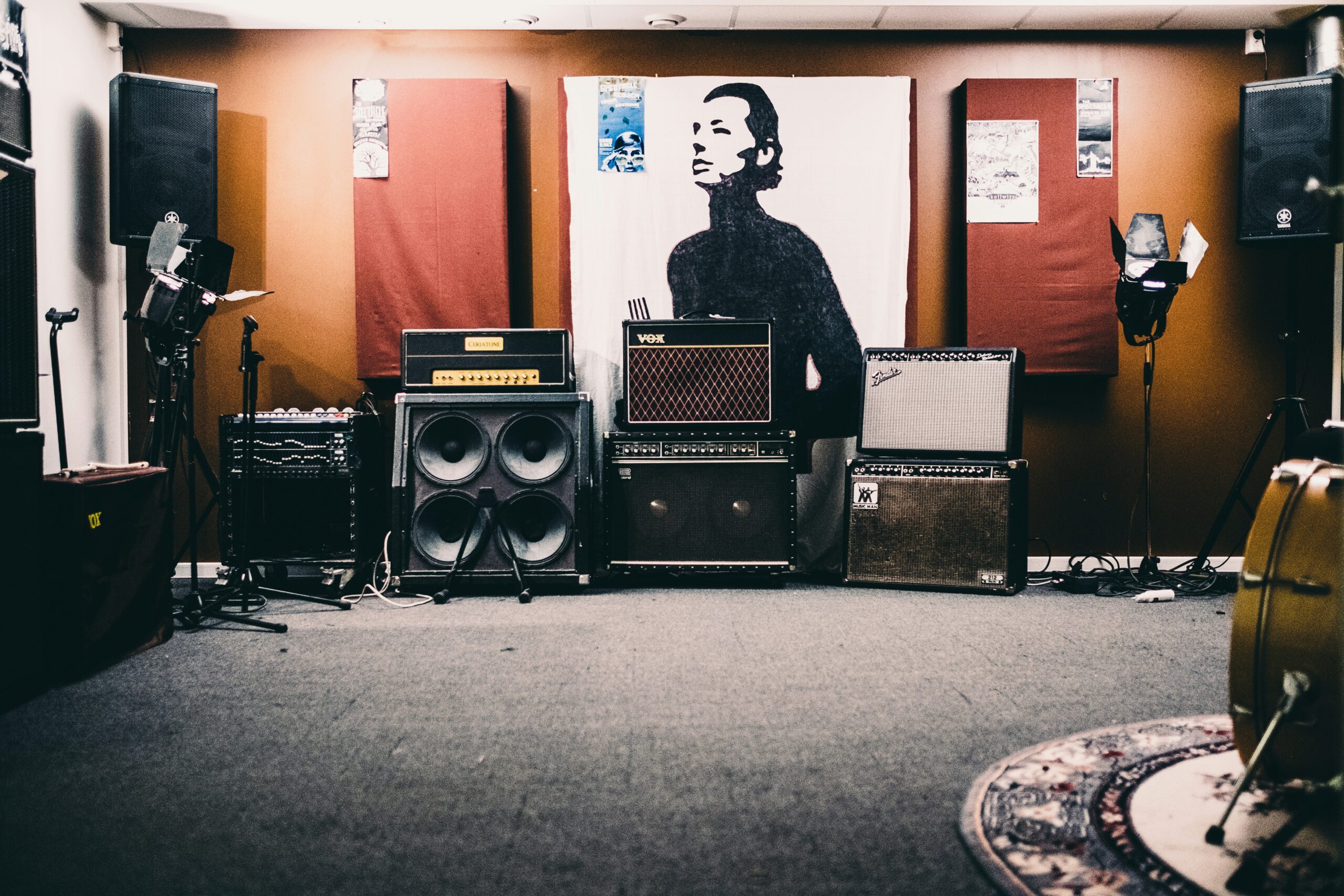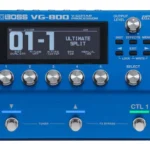What Are Guitar Amp Modelers?
Guitar amp modelers are digital devices or software that emulate the sound and characteristics of various guitar amplifiers. They allow guitarists to access a wide range of amp tones without needing to own multiple physical amplifiers. These modelers can replicate the sound of classic tube amps, solid-state amps, and even rare vintage models, providing musicians with incredible versatility and convenience.
A Brief History of Guitar Amp Modelers
The journey of guitar amp modelers began in the late 1980s and early 1990s, with the advent of digital signal processing (DSP) technology. Early attempts at amp modeling were rudimentary, but they laid the groundwork for future innovations. One of the first notable products was the Line 6 POD, released in 1998. The POD revolutionized the industry by offering a compact, user-friendly device that could emulate a variety of famous amp sounds.
As technology advanced, so did the capabilities of amp modelers. The early 2000s saw significant improvements in DSP power and software algorithms, leading to more accurate and realistic amp simulations. Companies like Line 6, Boss, and Fractal Audio began to push the boundaries of what was possible, incorporating more detailed modeling and additional features like effects and cabinet simulations.
A significant milestone in the evolution of amp modelers was the introduction of the Kemper Profiling Amp. Unlike early modelers, the Kemper allows users to create profiles of their own amplifiers. This means guitarists can capture the exact sound of their favorite amps and use them in a digital format, providing unparalleled flexibility and personalization.

Kemper Profiler Head
Evolution and Improvements Over Time
Over the years, guitar amp modelers have evolved dramatically. Here are some key improvements:
1. Enhanced Sound Quality: Modern amp modelers use advanced algorithms and high-resolution processing to deliver incredibly realistic amp tones. The sound quality has reached a point where many musicians and producers prefer modelers over traditional amps for recording and live performances.
2. Increased Versatility: Today’s amp modelers offer a vast array of amp models, effects, and cabinet simulations. This versatility allows guitarists to experiment with different sounds and styles without needing to invest in multiple pieces of gear.
3. User-Friendly Interfaces: Early modelers often had complex and unintuitive interfaces. Modern devices, however, feature user-friendly touchscreens, intuitive controls, and software editors that make it easy to dial in the perfect tone.
4. Integration with Digital Workstations: Many amp modelers now function as USB audio interfaces, allowing seamless integration with digital audio workstations (DAWs) for recording and editing. This feature has made them invaluable tools for home studios and professional recording environments.
5. Portability and Convenience: Amp modelers are typically compact and lightweight, making them ideal for gigging musicians. They eliminate the need to transport heavy amplifiers and cabinets, simplifying setup and teardown.
Major Brands in the Guitar Amp Modeler Market
Several brands have become synonymous with high-quality amp modeling. Here are some of the major players:
1. Line 6: Line 6 is a pioneer in the amp modeling industry, known for their POD series and Helix line of products. They continue to innovate with cutting-edge technology and user-friendly designs.
2. Fractal Audio: Fractal Audio’s Axe-Fx series is renowned for its exceptional sound quality and extensive feature set. It’s a favorite among professional musicians and producers for both live and studio use.
3. Kemper: The Kemper Profiling Amp takes a unique approach by allowing users to create profiles of their own amplifiers. This flexibility has made it a popular choice for guitarists who want to capture the exact sound of their favorite amps.
4. Boss: Boss, a subsidiary of Roland, offers the GT series and the newer GT-1000, which combine high-quality amp modeling with a wide range of effects. Boss products are known for their reliability and performance.
5. Neural DSP: Neural DSP has made a significant impact with their Quad Cortex modeler, which boasts powerful processing capabilities and a sleek, modern design. Their software plugins are also highly regarded in the industry.
So there you have it!
Guitar amp modelers have come a long way since their inception, evolving into powerful tools that offer unparalleled flexibility and sound quality. Whether you’re a gigging musician, a studio producer, or a hobbyist, there’s an amp modeler out there that can help you achieve your perfect tone. With major brands like Line 6, Fractal Audio, Kemper, Boss, and Neural DSP leading the charge, the future of amp modeling looks brighter than ever.




